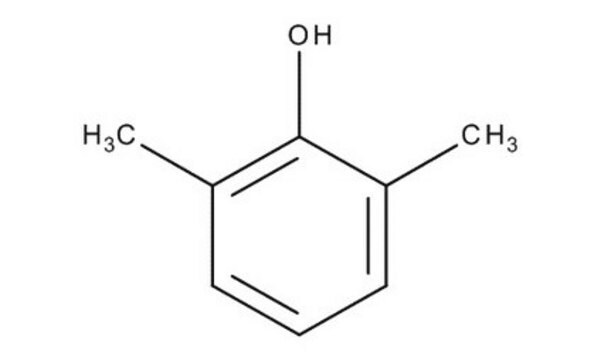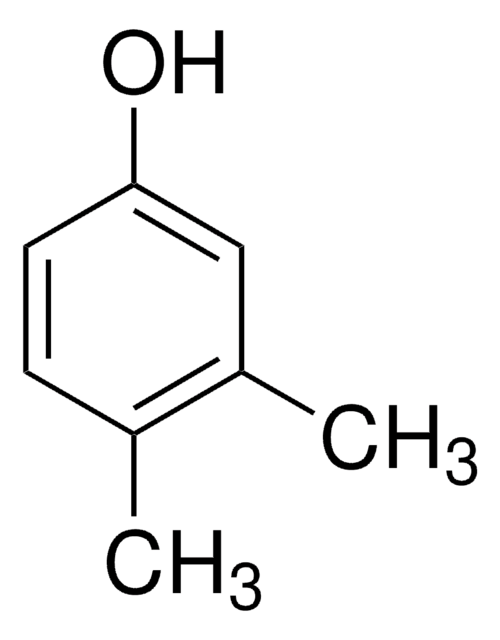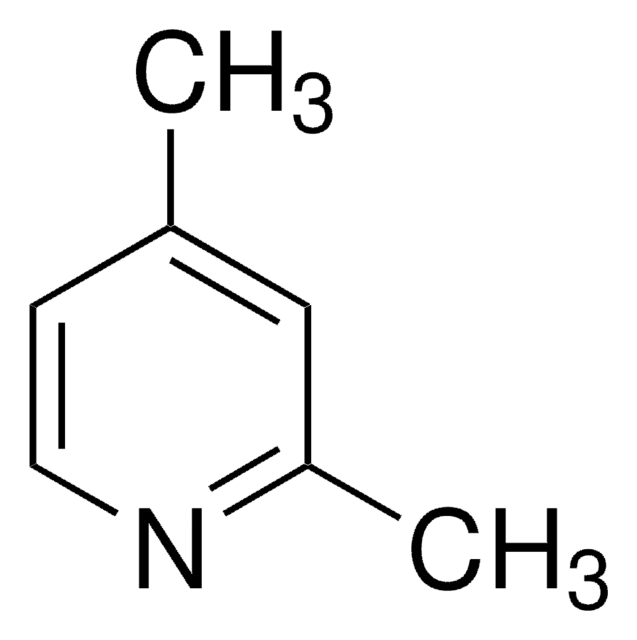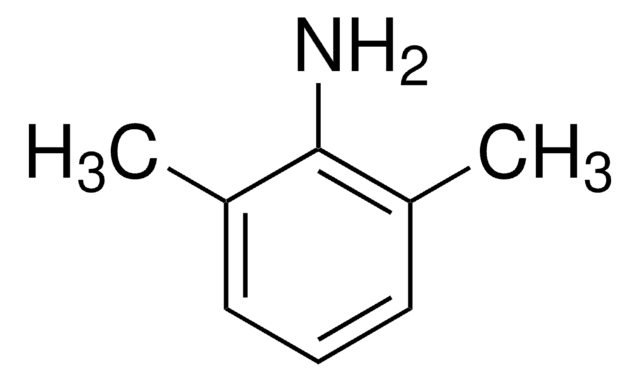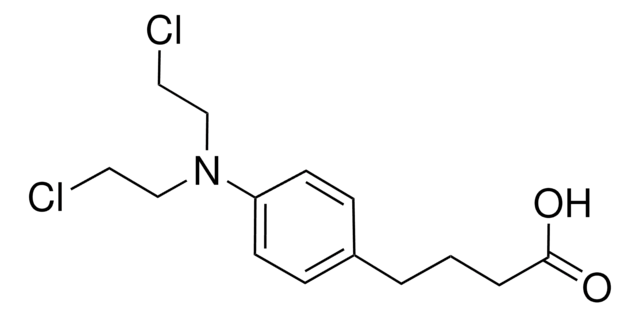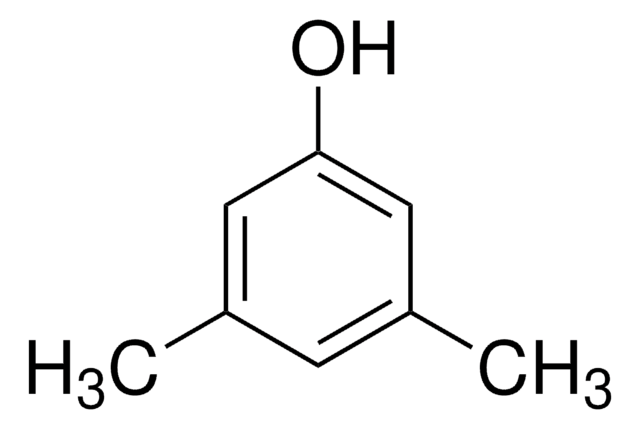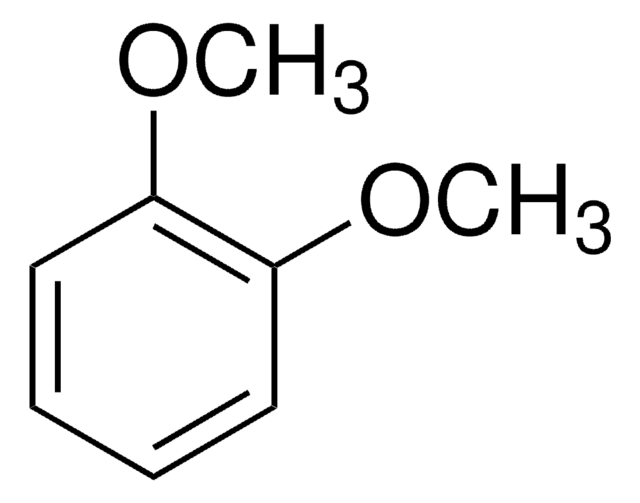W324906
2,6-Dimethylphenol
≥99%, FG
Sinónimos:
2,6-Dimethylphenol, 2-Hydroxy-m-xylene, vic.-m-Xylenol
About This Item
Productos recomendados
origen biológico
synthetic
Nivel de calidad
grado
FG
Fragrance grade
Halal
Agency
follows IFRA guidelines
meets purity specifications of JECFA
cumplimiento norm.
EU Regulation 1223/2009
EU Regulation 1334/2008 & 178/2002
Ensayo
≥99%
temp. de autoignición
1110 °F
bp
203 °C (lit.)
mp
43-45 °C (lit.)
aplicaciones
flavors and fragrances
Documentación
see Safety & Documentation for available documents
alérgeno alimentario
no known allergens
alérgeno de la fragancia
no known allergens
Organoléptico
medicinal
cadena SMILES
Cc1cccc(C)c1O
InChI
1S/C8H10O/c1-6-4-3-5-7(2)8(6)9/h3-5,9H,1-2H3
Clave InChI
NXXYKOUNUYWIHA-UHFFFAOYSA-N
Información sobre el gen
human ... GABRA1(2554)
¿Está buscando productos similares? Visita Guía de comparación de productos
Categorías relacionadas
Aplicación
- Methodological Considerations of the Acetaminophen Detection : This study explores the use of 2,6-Xylenol in the detection of acetaminophen through the indophenol reaction, highlighting its importance in forensic science and toxicology for accurate drug testing (Shinkawa et al., 2023).
- Carbon Dioxide Solubility in Nonionic Deep Eutectic Solvents Containing Phenolic Alcohols: Investigates the solubility of CO2 in solvents containing 2,6-Xylenol, underscoring its potential in capturing and storing carbon dioxide, which is vital for combating climate change (Alhadid et al., 2022).
Palabra de señalización
Danger
Frases de peligro
Consejos de prudencia
Clasificaciones de peligro
Acute Tox. 3 Dermal - Acute Tox. 3 Oral - Aquatic Chronic 2 - Eye Dam. 1 - Skin Corr. 1B - STOT SE 3
Órganos de actuación
Respiratory system
Código de clase de almacenamiento
6.1A - Combustible acute toxic Cat. 1 and 2 / very toxic hazardous materials
Clase de riesgo para el agua (WGK)
WGK 3
Punto de inflamabilidad (°F)
186.8 °F - closed cup
Punto de inflamabilidad (°C)
86 °C - closed cup
Equipo de protección personal
dust mask type N95 (US), Eyeshields, Faceshields, Gloves, type P2 (EN 143) respirator cartridges, type P3 (EN 143) respirator cartridges
Elija entre una de las versiones más recientes:
¿Ya tiene este producto?
Encuentre la documentación para los productos que ha comprado recientemente en la Biblioteca de documentos.
Los clientes también vieron
Global Trade Item Number
| Número de referencia del producto (SKU) | GTIN |
|---|---|
| W324906-10KG | 4061834397410 |
| W324906-1KG | 4061835566792 |
| W324906-5KG | 4061835566808 |
| W324906-SAMPLE | 4061835566815 |
Nuestro equipo de científicos tiene experiencia en todas las áreas de investigación: Ciencias de la vida, Ciencia de los materiales, Síntesis química, Cromatografía, Analítica y muchas otras.
Póngase en contacto con el Servicio técnico
